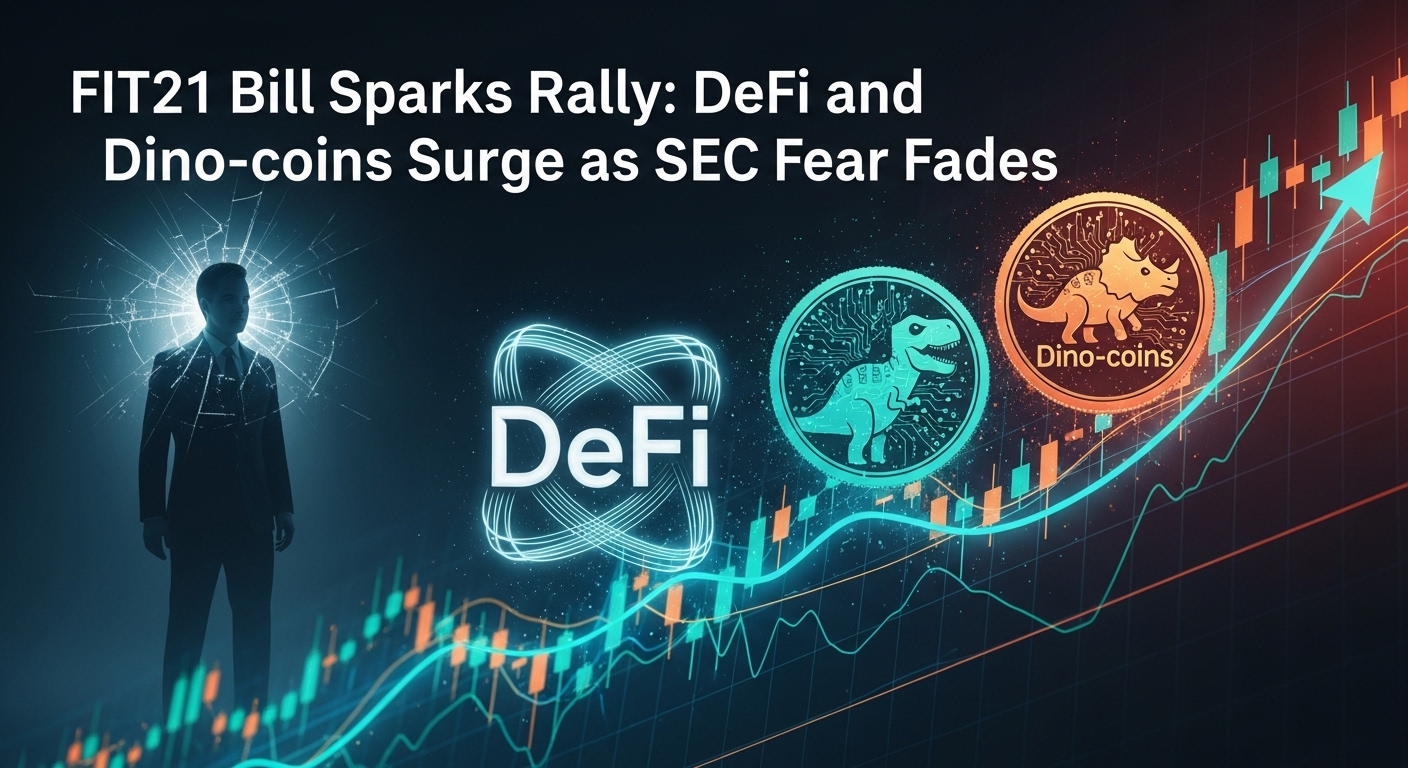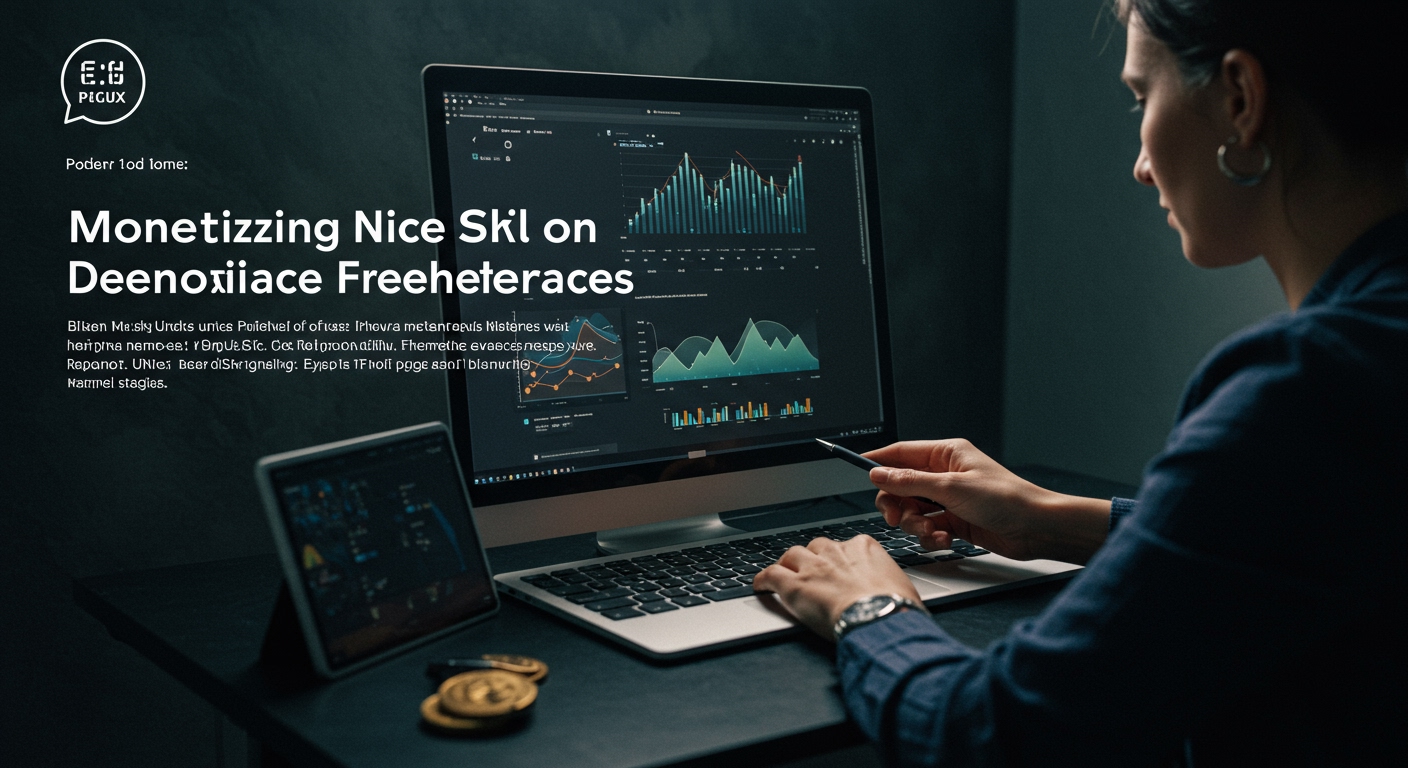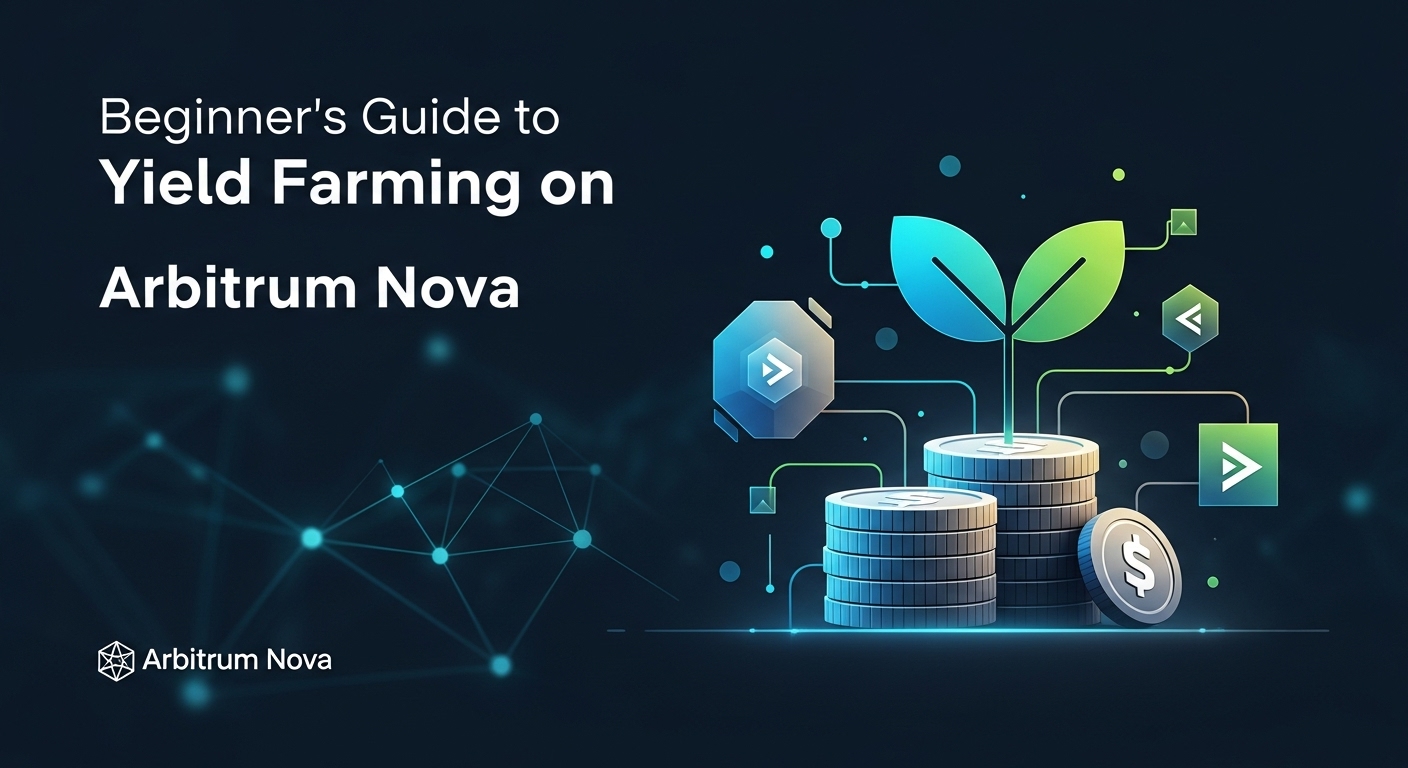Decentralized Finance (DeFi) has revolutionized traditional financial systems by eliminating intermediaries. While this innovation offers unprecedented freedom, it also demands greater personal responsibility. Let's explore how to navigate the DeFi landscape wisely.
What Makes DeFi Different?
DeFi operates on smart contracts instead of centralized institutions. This means transactions are peer-to-peer, open-source, and accessible to anyone with an internet connection. However, this also removes traditional safety nets like insurance or chargebacks.
Key Components of DeFi
The DeFi ecosystem consists of several interconnected elements:
Decentralized Exchanges (DEXs): Uniswap, PancakeSwap
Lending Platforms: Aave, Compound
Yield Farming: Staking crypto to earn rewards
Stablecoins: Crypto pegged to fiat currencies
Oracles: Chainlink for real-world data feeds
Major Risks in DeFi
While DeFi offers high returns, it comes with unique risks:
Smart contract vulnerabilities
Impermanent loss in liquidity pools
Regulatory uncertainty
Scam projects (rug pulls)
Overcollateralization requirements
Security Best Practices
Protect your assets in DeFi with these strategies:
Audit smart contracts through platforms like CertiK
Use hardware wallets for transaction signing
Diversify across multiple protocols
Keep emergency funds in cold storage
Monitor wallet permissions regularly
Emerging Opportunities
DeFi continues to evolve with new innovations:
Cross-chain interoperability solutions
Decentralized insurance protocols
NFT-collateralized loans
Algorithmic stablecoins
DAO-governed platforms
Conclusion
DeFi represents both the frontier of financial innovation and a minefield of potential risks. By understanding its mechanisms, implementing robust security measures, and staying informed about market developments, users can better position themselves to capitalize on opportunities while mitigating losses.








